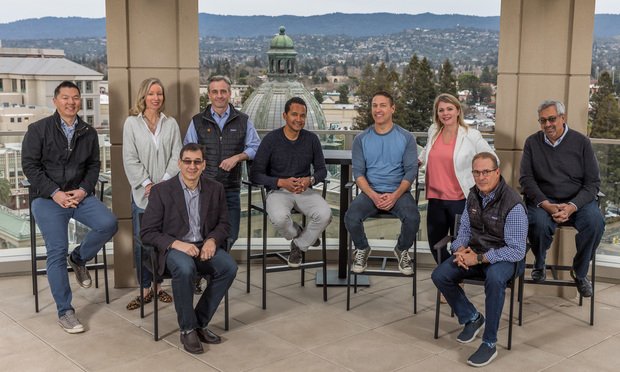DENVER—Retail in the Mile High City is doing very well, thank you. John Chang, first vice president for Marcus & Millichap, reports that the city's fierce rate of population growth and plentiful jobs in a variety of vertical industries are feeding the sector. But a short supply—in office and, of course, retail—will demand more development if the city wants to sustain its current growth rate.
“Denver has added jobs over the past several years,” he says. “During the recession, they lost 260,000 jobs. Since then they've added 690,000. And we've seen employment growth in a variety of sectors.” Those sectors include healthcare, tech and construction, reflecting a diversity and a move away from the one-horse reliance on oil and gas, as we've reported elsewhere in this series. And, of course, jobs means retail.
The area to watch isn't the hot LoDo district, which Chang says has actually been a CBD focus of growth for years, but the up-and-coming River North, or RiNo area, which is currently transforming a creaky stock of industrial buildings into an artsy neighborhood packed with trendy restaurants.
But retail construction isn't equally hot; in fact Chang describes it as “Paltry. We've been seeing annual construction in the 500,000-square-foot range. To put that into perspective, in 2008 they were pushing three million square feet a year. So we're running about 20% of peak, and it's been that way for a couple of years.”
But he is quick to add that the slowness merely tracks the national trend. “The percentage growth in retail space in most markets around the country is still about half of what it was prior to the recession,” he says.
There is some two million square feet of retail construction in the pipeline, Chang reports, but that's spread over the next few years, presumably keeping the annual average flat. And while some of that will be RiNo infill, it will be spread around the MSA, specifically “around the urban core and in the suburbs with more strip centers and community centers.
“But 500,000 square feet isn't going to be enough,” he continues. “We're seeing vacancy rates falling dramatically. At the peak of the recession, retail vacancies were over 9%. Now they're just under 6%, and they should continue to tighten dramatically this year.”
In addition to dropping retail vacancies, the office sector—enjoying the above-mentioned jobs picture—is also tightening. In fact, the only development that seems to be keeping ahead of pre-recessionary trends is apartments. “Denver averaged 8,000 apartment units last year and should add another 12,000 this year. You have to go back to the early 2000s for those kind of numbers.”
But office and retail needs to catch up, he warns. “All of these positive factors are moving at the same time, and development is the next thing this market will need. The city won't be able to sustain this level of growth without having more commercial real estate.”
© Touchpoint Markets, All Rights Reserved. Request academic re-use from www.copyright.com. All other uses, submit a request to [email protected]. For more inforrmation visit Asset & Logo Licensing.







